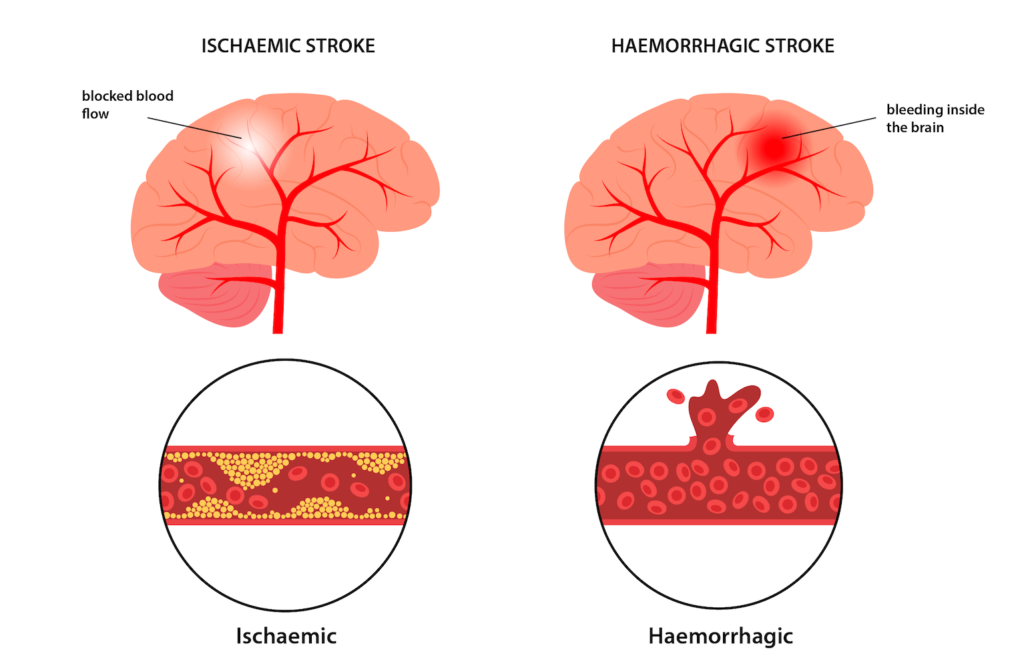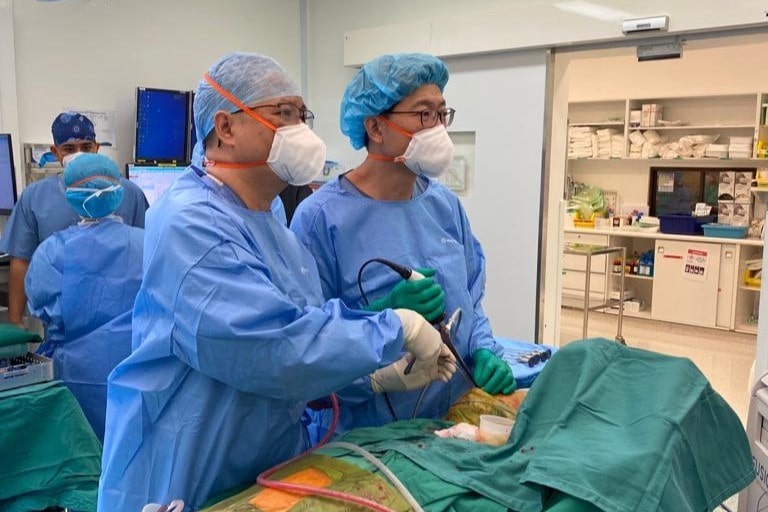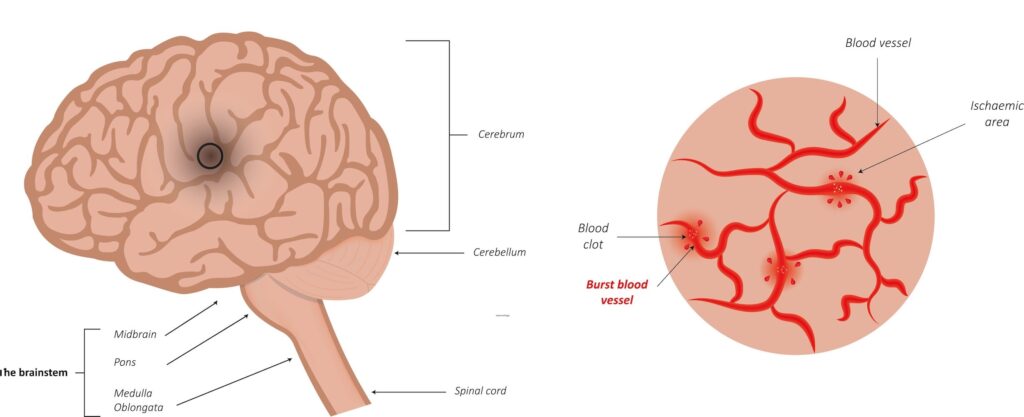A stroke (sometimes known as a brain attack) is a life-threatening condition where blood supply to part of the brain is cut off. This may be caused by a blockage of blood flow or when a blood vessel in the brain bursts.
When a stroke occurs, parts of the brain become damaged or die, possibly causing permanent brain damage, long-term disability or even death. This makes immediate treatment paramount.

There are a few symptoms that happen right before a stroke. One helpful acronym to keep in mind is “BEFAST”, and this might make it easier for you to spot the symptoms for yourself or others. Pay attention to the following:
Loss of balance, severe headaches with no known cause or dizziness
Blurred vision or sudden loss of vision
Drooping on one side of the face or a sensation of weakness around the face
Weakness in the limbs or other extremities
Difficulty speaking or slurred speech
Take note of the time of onset of symptoms and call an ambulance immediately
An ischemic stroke refers to stroke caused by a sudden disruption of blood flow to the brain, usually caused by fatty deposits lining the vessel walls or a blood clot. A haemorrhagic stroke, on the other hand, refers to a stroke caused by a ruptured blood vessel in the brain.
Both types of strokes are equally life-threatening and can have lasting effects.

Always remember that a stroke is an emergency and requires immediate medical attention. The first thing you should do is call an ambulance. It is important to also note the time of the first onset of symptoms. If the person suffering from a stroke has no pulse or is not breathing, perform CPR.
It is also important not to let the person go to sleep or talk you out of calling the ambulance. No medication, food or drinks should be provided to the patient as well.
The earlier one gets treatment, the higher their chances of minimising damage to the brain.
A chance of cure largely depends on the severity of the stroke and how much damage the brain has suffered. Treatment is usually first done to restore normal blood flow to the brain, followed by rehabilitation. Rehabilitation is an important part of managing stroke recovery and is tailored towards the patient’s condition.
It is important to note what kind of stroke the patient has suffered from. Usually, a brain scan is done to confirm the diagnosis of the stroke.


Hopefully this article has helped you better identify stroke signs and symptoms, as well as the possible treatment options. Early is crucial for early treatment to prevent damage to the brain.
It is also important to keep good blood pressure and cholesterol levels. Remember to go for regular check-ups and consult your doctor for a personalised treatment plan to minimise your risk of a stroke.
Contact Us For More Information
Your needs are important to us.
For enquiries, leave a message and our friendly team will get in touch with you.
Monday – Friday: 9:00AM – 5:00PM
Saturday: 9:00AM – 12:30PM
Sunday & Public Holiday: Closed
We provide quality specialised care for neuro and spine conditions.
For enquiries, leave a message and our friendly team will get in touch with you.
Monday – Friday: 9:00AM – 5:00PM
Saturday: 9:00AM – 12:30PM
Sunday & Public Holiday: Closed
We provide quality specialised care for neuro and spine conditions.
For enquiries, leave a message and our friendly team will get in
touch with you.
Monday – Friday: 9AM – 1PM | 2PM – 5PM
Weekends & Public Holidays: CLOSED
© 2023 All Rights Reserved | Advanced Brain & Spine Surgical Centre | Terms & Conditions